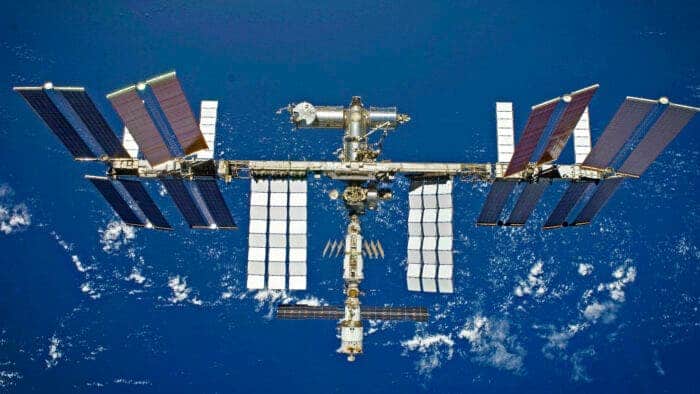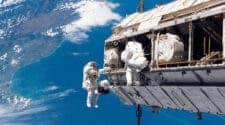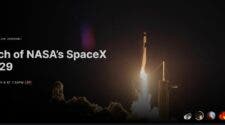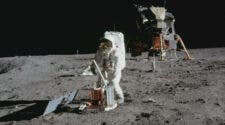NASA has been quietly developing contingency plans for the ISS project (International Space Station project) since late last year. According to some inside sources, NASA fears Russia’s sudden withdrawal from the International Space Station project. NASA’s contingency plan not only considers how to deal with changes in the partnership on the International Space Station project but also involves companies such as Boeing, SpaceX and Northrup Grumman.
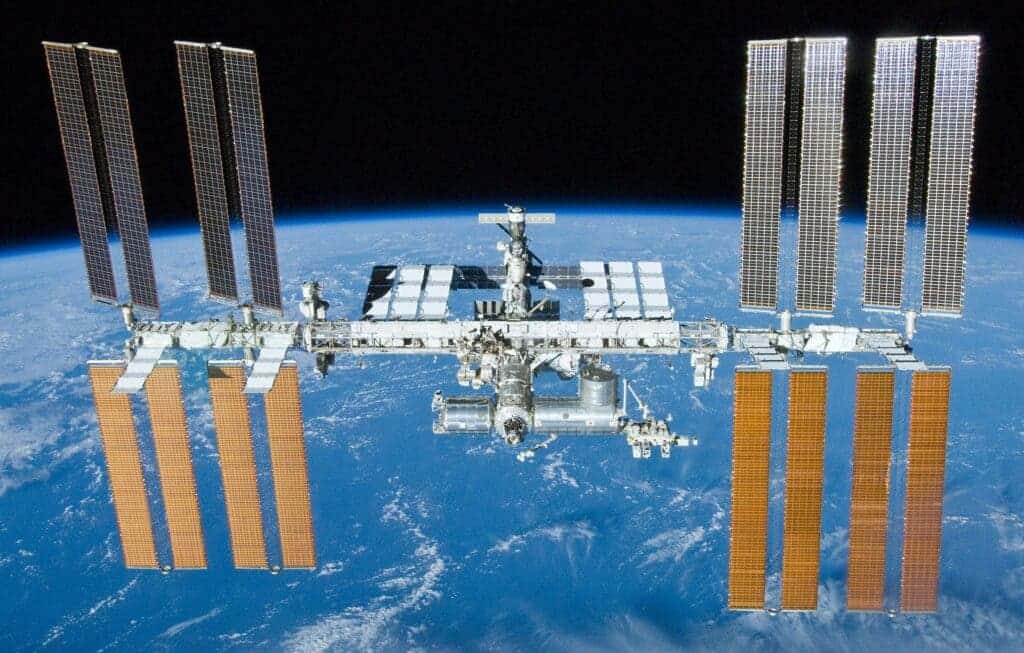
The contingency plan drawn up by NASA cites a variety of possible scenarios, such as how to remove all astronauts from the ISS Project in the event of Russia’s abrupt withdrawal from the ISS program. Also, it is planning on how to remove all astronauts from the ISS without Russian spaceflight. This is coming from three sources who spoke on the condition of anonymity. NASA hopes to continue to maintain the normal operation of the International Space Station with the critical hardware. In addition, NASA has also considered in its contingency plan the possibility of destroying the International Space Station several years earlier than originally planned.
While NASA has previously acknowledged the existence of contingency plans for the International Space Station program, it has avoided discussing the matter in public. Instead, NASA officials have repeatedly emphasized their close relationship with Roscosmos.
“Obviously, we’re very committed to maintaining that relationship,” Kathy Lueders, head of NASA’s space operations, said in an interview last week. “However, we need to make sure we do have a plan. We are NASA. We are always dealing with contingencies.”
ISS Project has been active for over 20 years
The International Space Station was designed more than 20 years ago. Both NASA (American) and Roscosmos (Russian) are interdependent on the technical aspects of the ISS. NASA provides the space station with balanced gyroscopes and a solar array. Roscosmos on its part controls the propulsion to keep the ISS running smoothly in orbit.
A number of aerospace companies are part of the contingency plan. Boeing, one of the main private contractors of the ISS Project, has also assigned a team of engineers to study how to control the ISS to continue operating without Russian thrusters. NASA has been drafting formal contracts in recent weeks that would require contractors to determine how to deorbit the ISS early in case Roscosmos pulls out of the ISS program, two sources said. Roscosmos currently operates the International Space Station’s thrusters in Moscow and plays a key role in controlling how the space station enters Earth’s atmosphere at the end of the project.
Gizchina News of the week
A report last week quoted Yuri Borisov, the new head of the Russian space agency, as saying that Russia has not yet set a date for withdrawing from the ISS program. However, he claims that any withdrawal procedure will “strictly follow our obligations”. Under the ISS cooperation agreement, any partner must submit a one-year notice of intent to withdraw.
NASA said Roscosmos asked NASA two years ago if it could provide a spacecraft to help deorbit the ISS. Beyond that, NASA declined to discuss the specifics of the contingency plans it is considering.
Thruster control
NASA’s contingency plans focus on how to control the ISS without Russian thrusters, the sources said. In an exercise conducted in June this year, Northrop Grumman for the first time allowed the modified Cygnus cargo spacecraft to start the thrusters during docking, changing the orbit of the space station, and successfully demonstrated a replacement for Russian thrusters. A Northrop Grumman spokesman said all future Cygnus spacecraft will be able to restart thrusters in this way if NASA requests it. The test was part of a NASA program launched in 2018, but has been accelerated recently, the sources said.
Meanwhile, SpaceX, led by Elon Musk, is working on a similar spacecraft repropulsion feature, two of the sources said. SpaceX’s Crew Dragon spacecraft currently transports cargo and astronauts to the International Space Station. NASA’s contingency plan begins in late 2021, four U.S. officials said. In November, Russia destroyed an abandoned satellite, creating a debris field near the International Space Station. For this reason, astronauts had to take refuge in the spacecraft, the sources said.
Still, senior officials at both NASA and Roscosmos have repeatedly reiterated the importance of space cooperation. “It’s a huge benefit for the advancement of science, technology and the space program in the United States,” said former U.S. security adviser Rose Gottemoeller of the partnership on the International Space Station program. Gottemoeller played a key role in the 1993 International Space Station cooperation agreement.
NASA Moscow team finalizes agreement with Roscosmos
The NASA team in Moscow in early July finalized a long-sought agreement with the Russian space agency. Both agencies will share a spacecraft to the International Space Station, the sources said. The agreement, allows Russian astronauts to fly on American-made spacecraft in exchange for American astronauts on Russian Soyuz spacecraft. According to the agreement, Russian cosmonaut Anna Kikina will take off from Florida in September on SpaceX’s manned Dragon spacecraft.
NASA is currently negotiating with Roscosmos and other ISS partners. There is a need to extend the official end of the ISS program by another six years to 2030. Observers of the Russian space program also reveal that financial pressures on Roscosmos are also a key factor. Last week, Borisov, the head of the Russian space agency, quoted Russian engineers as predicting that after 2024 there could be a “cascading” of technical problems on the International Space Station. After 2024, the cost of maintaining Russian modules is “huge”, he said. He adds that Roscosmos’s exploration of building its own space station is also “an economical stopgap measure.”

